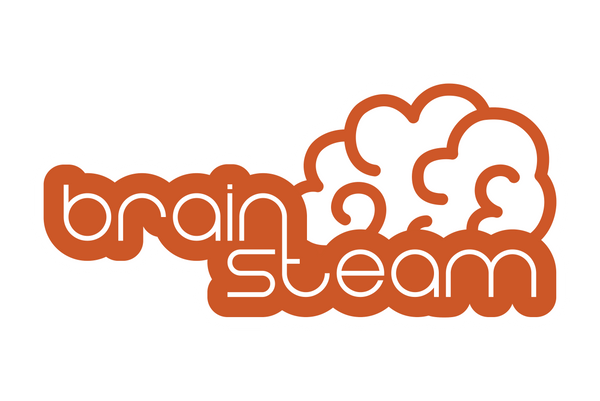Kindergarten is a crucial stage in a child's education as it sets the foundation for their future academic and personal development. It is also the perfect time to introduce children to the concept of inclusion and diversity, teaching them to respect and appreciate differences in people and cultures. In this blog, we will explore why inclusion and diversity matter in kindergarten education and how educators can foster an inclusive and welcoming environment for all students.
Why Inclusion and Diversity Matter in Kindergarten Education
Inclusion and diversity are critical aspects of education that have a significant impact on a child's social, emotional, and cognitive development. By promoting inclusion and diversity in kindergarten, educators can help children develop empathy, tolerance, and respect for others, which are essential skills for navigating diverse and multicultural societies.
Research has shown that early exposure to diversity can positively affect a child's academic performance, as well as their social and emotional well-being. Inclusive classrooms create a safe and supportive learning environment where all students feel valued and respected, regardless of their background or abilities. This creates a sense of belonging and reduces the likelihood of bullying or exclusion, which can negatively impact a child's academic and personal growth.
How to Foster Inclusion and Diversity in Kindergarten Education
Fostering inclusion and diversity in kindergarten education requires intentional efforts and strategies from educators. Here are some effective ways to create an inclusive and welcoming classroom environment:
- Celebrate Differences: Educators can celebrate the diversity of their students by highlighting cultural traditions and holidays, inviting families to share their customs and traditions, and providing books and materials that showcase diversity.
- Use Inclusive Language: Using inclusive language can help create an environment where all students feel welcome and valued. Educators can use gender-neutral language, avoid stereotyping or making assumptions based on a student's background, and promote positive and inclusive messages in their classroom.
- Promote Collaboration: Collaborative learning activities can help students learn from one another and appreciate each other's differences. Educators can design group projects that require students to work together and encourage open communication and respect for each other's perspectives.
- Provide Support for All Students: Educators should be prepared to provide support for students who may need extra help, including those with disabilities or learning differences. This can include providing assistive technology, modifying assignments or assessments, and offering individualized instruction and support.
In conclusion, inclusion and diversity are crucial aspects of kindergarten education that promote social and emotional development, academic success, and a sense of belonging for all students. By fostering an inclusive and welcoming classroom environment, educators can help children develop empathy, respect, and appreciation for diversity, creating a strong foundation for their future academic and personal growth.
Sources:
- National Association for the Education of Young Children (NAEYC) - naeyc.org
- Edutopia - edutopia.org
- Child Development Institute - childdevelopmentinfo.com

